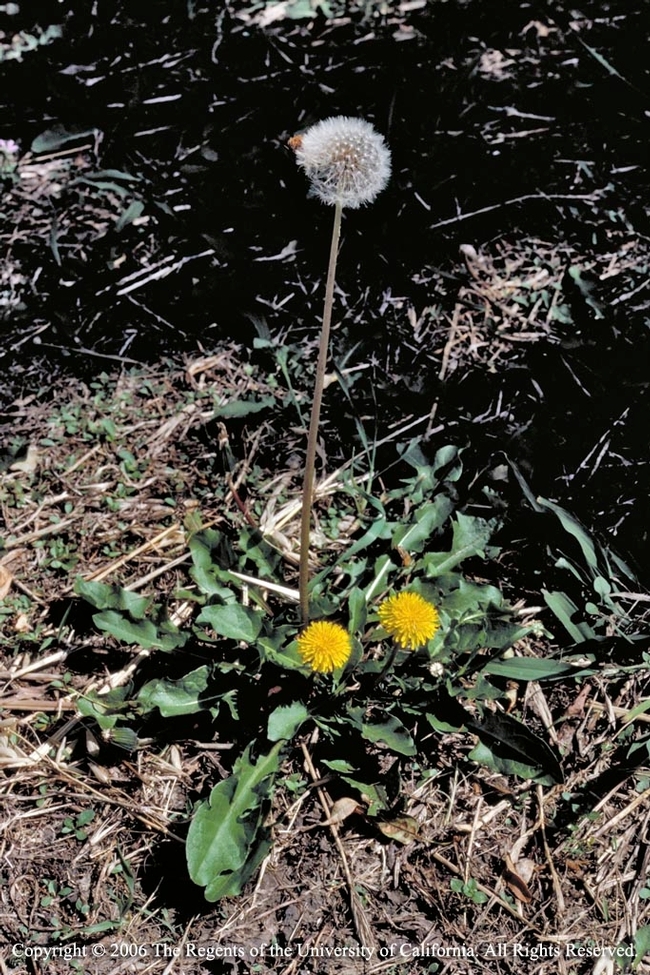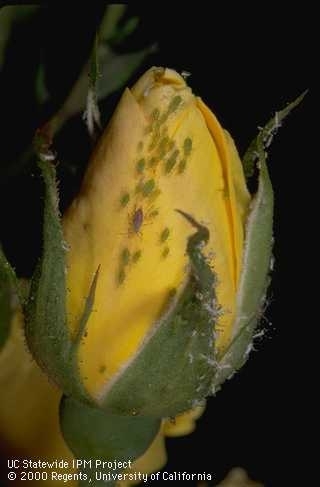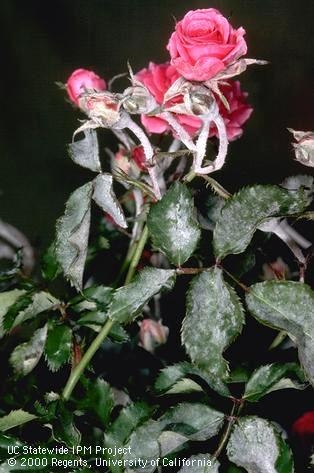 Weed of the season: Dandelion,Taraxacum officinale
Weed of the season: Dandelion,Taraxacum officinale

Chill weather slows down grass growth in our lawns and we can notice the bright yellow flowers of Taraxacum officinale, the common dandelion. In our mild climate, dandelions bloom nearly year-round. Even as they bloom, these weeds seldom rise above their basal rosette at the lawn surface. The leaves are strongly serrate, a “lion's tooth,” or dent de lion in French, hence the common name. The taproot penetrates 6 to 18 inches below the soil, and this root can regrow the entire plant even when all the leaves have been removed at the soil level. The plant and root should be removed before the yellow flowers mature to white seed heads to be spread miles by the wind.
To remove the plant and taproot with a minimum soil disturbance, many special tools including “dandelion knives” have been developed for hand weeding. The UCIPM video “How to Remove Dandelions” demonstrates several of these special tools.
For more information on controlling dandelions, click here.
 Insects of the season: Aphids
Insects of the season: Aphids

I'm already noticing aphids on my milkweed, kale, chard, and roses. This is a spring problem that will go away as temperatures higher. But we must deal with them now because (1) aphids carry plant diseases; (2) they exude liquid “honeydew,” staining and bringing sooty mold; and (3) as aphid numbers increase, they can kill off whole branches.
I check leaves and stems frequently now, looking for sucking insects. If I also see any ladybug, lacewing, or syrphid fly larvae, I relax since aphid predators are now present. I also check for off-color aphid mummies glued to the underside of leaves; in this case parasitoid wasps will rescue my plants. But if none of these beneficial insects have arrived yet, I need to deal with the aphids now.
I prefer a non-chemical approach, washing the aphids (or whiteflies or scale insects) off with water and insecticidal soap. If the aphids reappear within a few days of application, I knock them down with a second soaping. If they continue to reappear I look for ants. Ants “milk” aphids and other sucking insects for their “honeydew.” So I will need to put Tanglefoot around the plant base.
For more information on managing aphids, click here.
 Powery MildewDisease of the season: Rose Fungi
Powery MildewDisease of the season: Rose Fungi

If California gets much-needed spring rain, local roses could develop fungal diseases not normally seen in the Central valley. Simple preventions for the spread of all fungal conditions include removing all infected tissue and pruning roses so that air circulates freely through the bush. Of the following five fungi, only Powdery Mildew can propagate when leaves don't have a daily film of water.
Powdery Mildew, Podosphaera pannosa, causes white growth on both sides of the leaf and stem and is tolerant of high summer heat, unlike the other fungi. Mid-day overhead watering, allowing leaves to dry before night, can interfere with its reproductive cycle.
Downy Mildew, Peronospora sparsa, causes leaves to yellow and drop. The whitish fruiting body occurs on only the underside of leaves. This requires warm, not hot, temperatures and high humidity.
Rust, Phragmidium mucronatum, pruduces an orange-filled depression on the underside of the leaf, showing as a pale blister on the upper leaf surface.
Black spot, Diplocarpon rosae, produces large circular spots on rose leaves if plants remain wet overnight.
Anthracnose, Elsinoe rosarum, appears in small on rose leaves and develops a fruiting body which falls off. This leaves a “shot hole” appearance on rose leaves.
For more information on common garden diseases, click here.